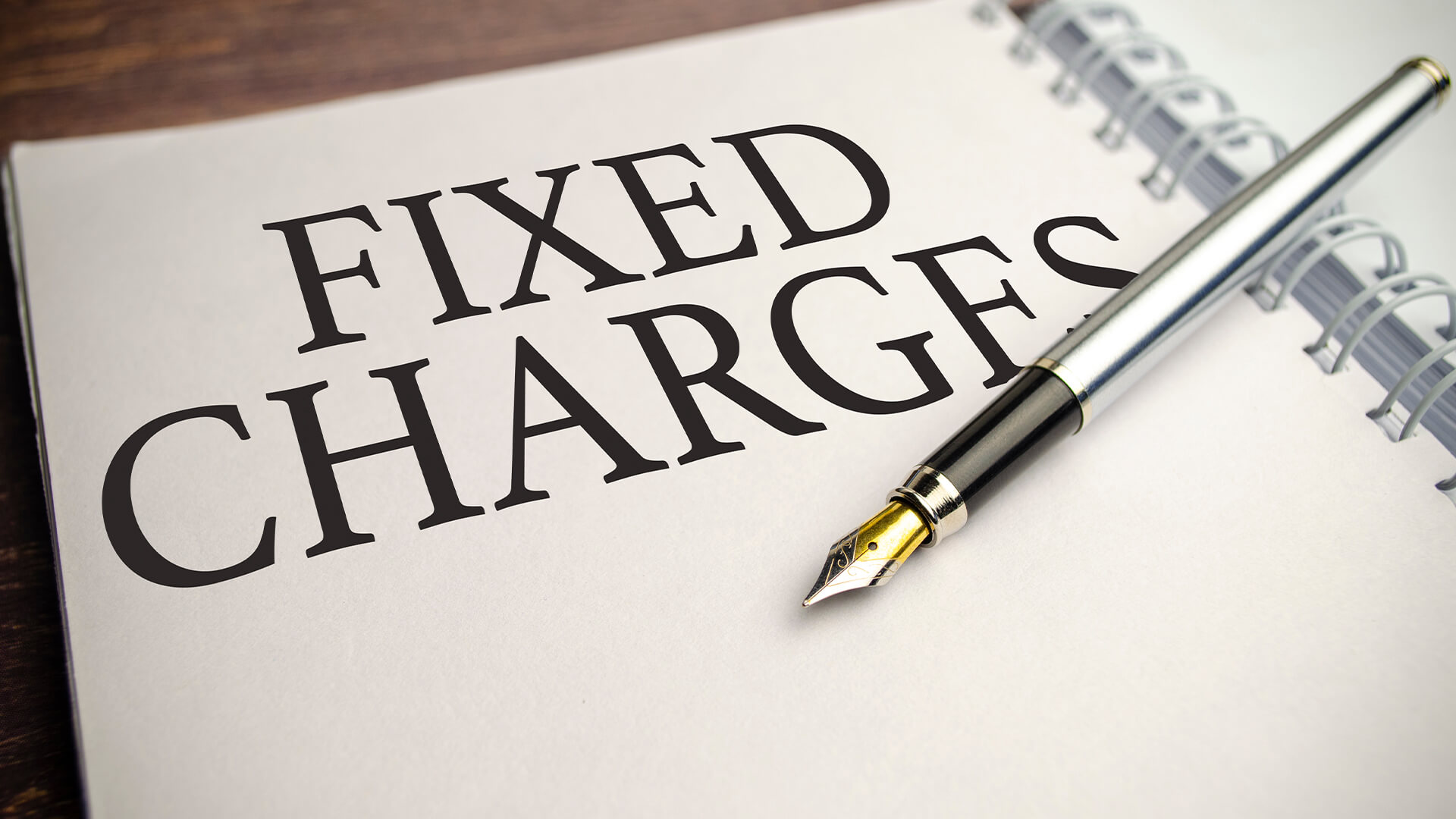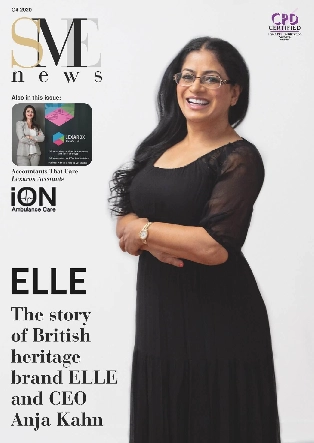Charges put on assets by a firm’s creditors are permissible, but they often don’t cause problems unless the company becomes insolvent and unable to pay its debts. Whether a fee is fixed or floating, as well as the asset it relates to, can affect what it means for your business.
What are the types of charges?
There are two types of charges either fixed or floating. When a company requests for capital, lenders impose charges over its assets. They serve as security, safeguarding the lender’s investment in the event that the business is unable to pay it back, in which case the lender may claim or seize the asset.
Fixed Charges
Banks and lenders frequently issue fixed charges that are backed by company assets acquired with those monies.
The asset must be tangible in order for a fixed fee to be applied, and examples of tangible assets include buildings, machines, sales ledgers, and cars. Fixed charges are filed at Companies House in the UK. The assets therefore cannot be sold without first obtaining consent from the impacted creditors. The right to contest the sale, seize the asset, and sell it in order to recoup their investment belongs to those creditors.
Floating Charges
In contrast to fixed costs, floating charges are applied to less physical assets including unfactored debts, stock, supplies, and works-in-progress. The assets are more prone to change and are therefore subject to floating charges since they are more difficult to measure than those subject to fixed charges. As a result, they are typically harder to quantify.
When can things become a problem?
Charges typically operate in the background of a company’s everyday operations, but if the organisation is insolvent, they may cause problems.
When a firm is insolvent, it is unable to pay its debts when they become due. Depending on the severity of the debts, the business may then have choices for debt relief. If the business enters a recovery process like a Company Voluntary Arrangement (CVA) or administration, the creditors must be paid back in a certain hierarchy. Secured creditors of the firm who have set charges, will be the first to collect any proceeds from the liquidation, if the company enters a voluntary liquidation like a Creditors Voluntary Liquidation (CVL).
Additionally, the creditors may file a petition to wind up the company, putting it into compulsory liquidation, if the debt is greater than £750 and repayment reminders are ignored.
Floating fees may potentially condense and become fixed if the company goes into liquidation or fails. After that, no further action can be taken without the lender’s approval. The applicable debenture should include the specific conditions surrounding a floating fee. In the event that the business is unable to make its repayments, floating charge holders may also choose an administrator.
What help is out there?
For businesses that are having trouble paying off their debts, there are, thankfully, solutions. It might be possible to repay the debts in monthly instalments through a Company Voluntary Arrangement if they are the result of a transitory problem and the business could continue to operate without them. These agreements are official, binding under law, and overseen by a qualified insolvency practitioner.
If more extensive restructuring is required, administration can also be a good choice. The qualified insolvency practitioner assumes the job of administrator and manages the business while making modifications to increase its appeal to purchasers, which may entail selling off some of its less profitable components.
In summary
Charges are placed on a company’s assets by creditors to safeguard their financial interests. Depending on the asset they are related to, charges are either fixed or floating. While floating costs pertain to less tangible assets, fixed charges are more substantial assets like machinery, vehicles, or real estate. If the company goes bankrupt, then undoubtedly it spells bad news. In these circumstance, the creditors may call in these fees in an effort to reduce losses and, if at all feasible, recoup their invested money. If the business is unable to pay, official action to reduce the debts may be required.







